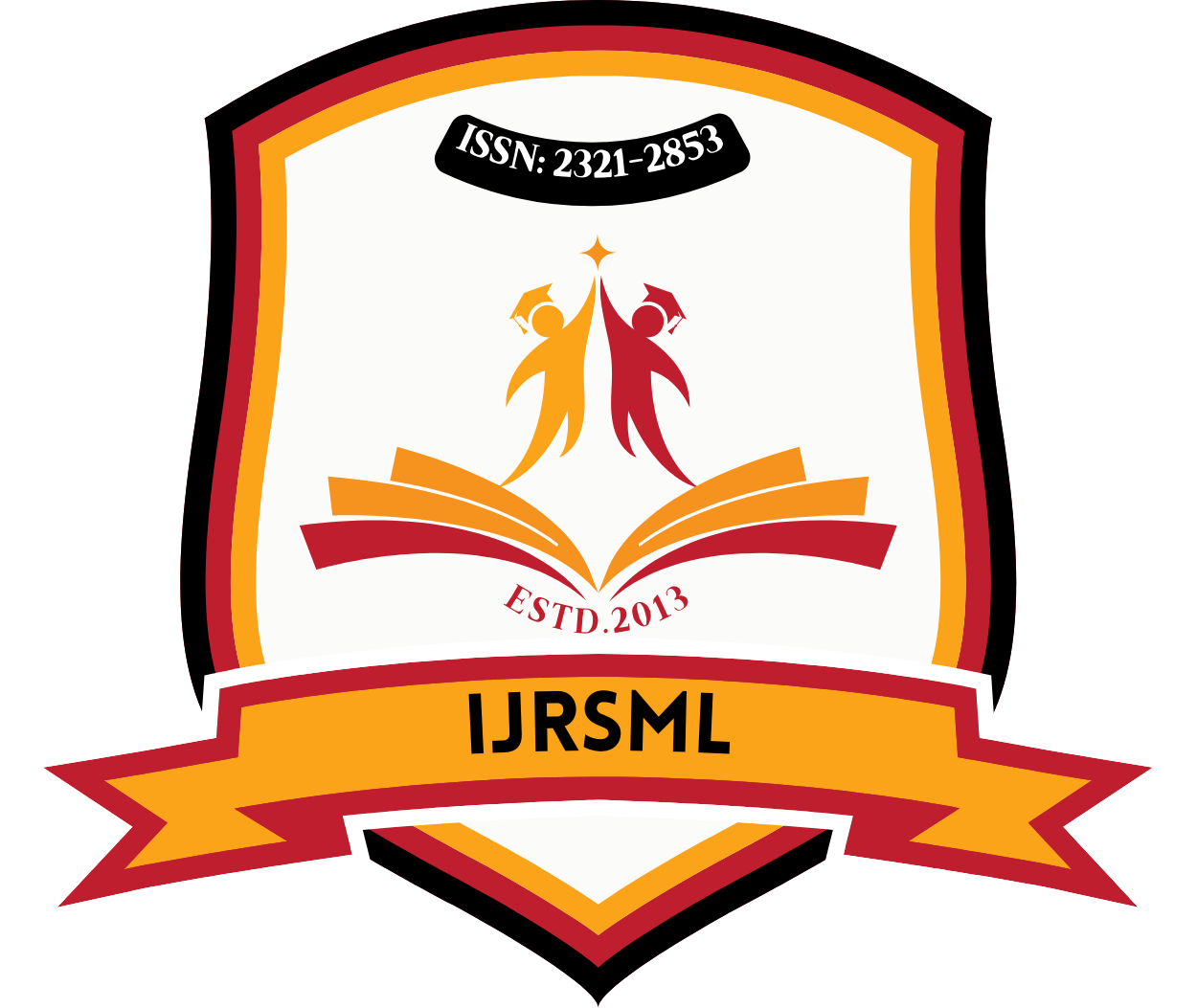![]()
DOI: https://doi.org/10.63345/ijrsml.v13.i5.1
Saurabh Singh
Independent Researcher
New Delhi, India
Abstract
In an increasingly multilingual world, the teaching of grammar across different languages remains a core challenge and opportunity for educators. This comparative pedagogical study investigates how grammar is taught in three language contexts English, Spanish, and Hindi and evaluates the effectiveness of diverse instructional strategies. Drawing upon cross-linguistic pedagogical frameworks, the study explores explicit versus implicit grammar instruction, contextual versus decontextualized learning, and the influence of cultural and structural differences between languages. Through an extensive literature review and field-based qualitative methodologies involving classroom observations and teacher interviews, the study reveals that language-specific features, learner proficiency, and instructional design significantly impact grammar acquisition. The study also highlights that translanguaging practices and technology-enhanced instruction can serve as effective bridges in multilingual classrooms. Recommendations are proposed for developing adaptive grammar pedagogy that transcends language boundaries while respecting linguistic diversity.
Keywords
Comparative grammar pedagogy, multilingual instruction, cross-linguistic grammar, language teaching strategies, explicit instruction, translanguaging, grammar acquisition
References
- Alam, M. F. (2020). Translanguaging practices in the multilingual classroom: A case study of Pakistani university English language learners. Global Regional Review, 5(III), 354–363. https://doi.org/10.31703/grr.2020(V-III).38
- Omidire, M. F., & Ayob, S. (2020). The utilisation of translanguaging for learning and teaching in multilingual primary classrooms. Multilingual Education, 10(24). https://doi.org/10.1515/multi-2020-0072 com
- Ranjan, R. (2013). Teaching strategies of grammatical gender in L2 Hindi/Urdu. Arizona Working Papers in SLA & Teaching, 20, 1–19.
- Anand, V. (2025). Comparative study of Grammar‑Translation Method vs. communicative language teaching in Indian classrooms. International Journal of Teaching, Learning and Education, 4(3), 20–29. https://doi.org/10.22161/ijtle.4.3.4
- UNESCO‑ERIC. (2024). Examining students’ perspectives on pedagogical translanguaging in a multilingual classroom setting. ERIC Document EJ1428656.
- Harni Ningsih & Rose, D. (2018). Translanguaging strategies for supporting English grammar learning in multilingual contexts. Functional Linguistics. net
- Khan, R., & Jha, G. N. (2021). Translating politeness across cultures: Case of Hindi and English. arXiv. org
- Chaudhary, A., Sampath, A., Sheshadri, A., Anastasopoulos, A., & Neubig, G. (2023). Teacher perception of automatically extracted grammar concepts for L2 language learning. arXiv. org
- Prematilake, H. I. (2023). A contrastive analysis of English–Hindi noun phrases in the discipline of translation. Vidyodaya Journal of Humanities and Social Sciences, 8(1), 1–13. https://doi.org/10.31357/fjhss/vjhss.v08i01.01 net
- Bhat, G., Choudhury, M., & Bali, K. (2016). Grammatical constraints on intra-sentential code-switching: From theories to working models. arXiv. org
